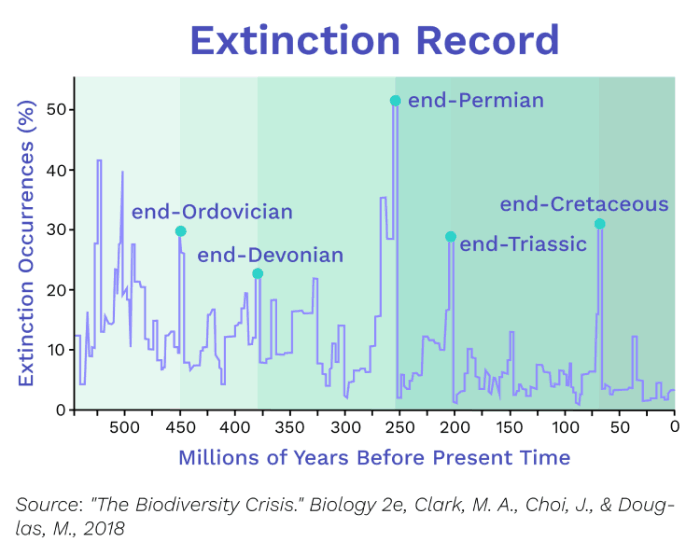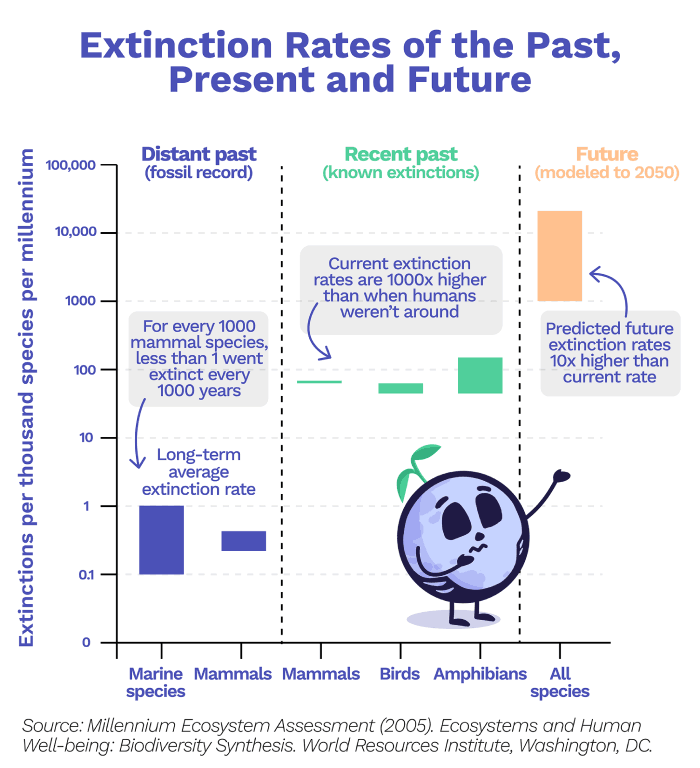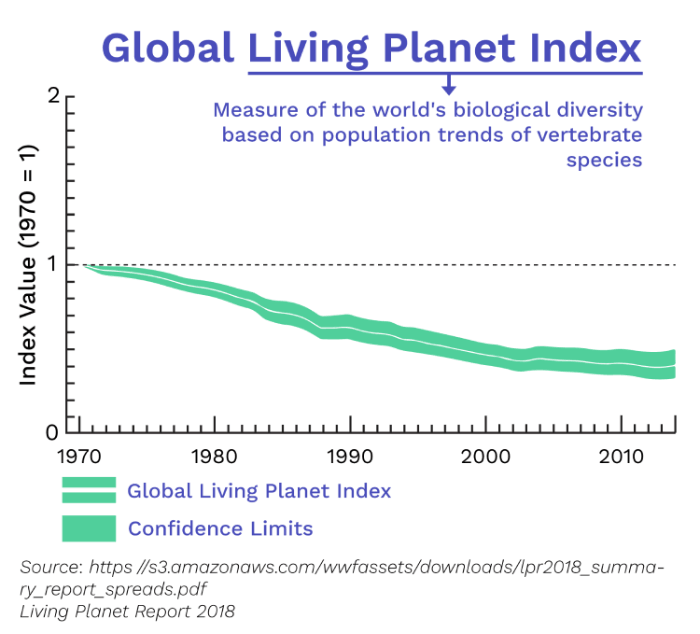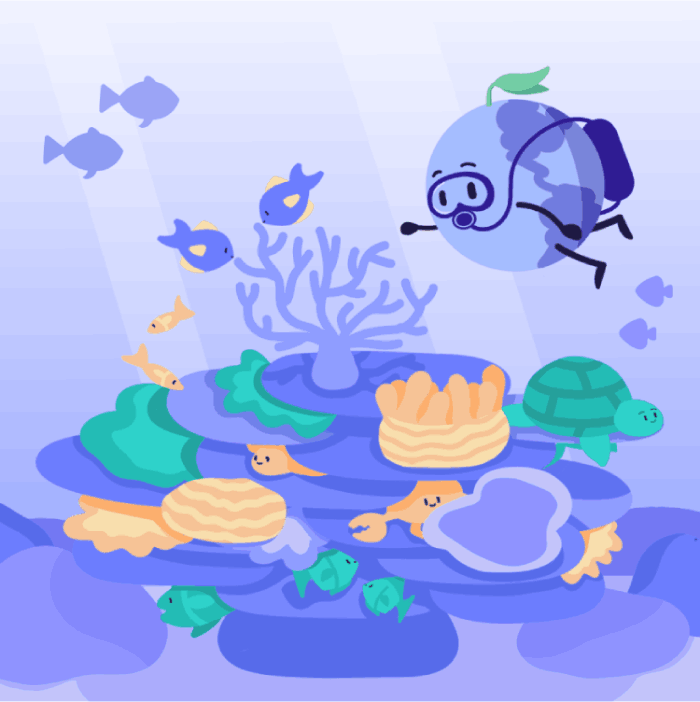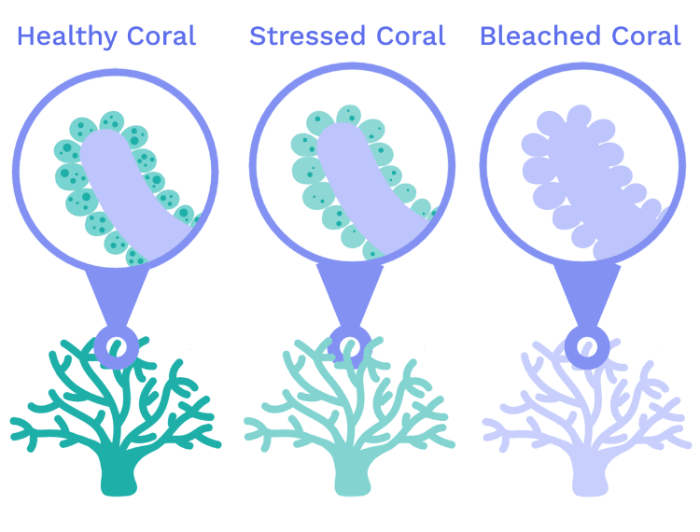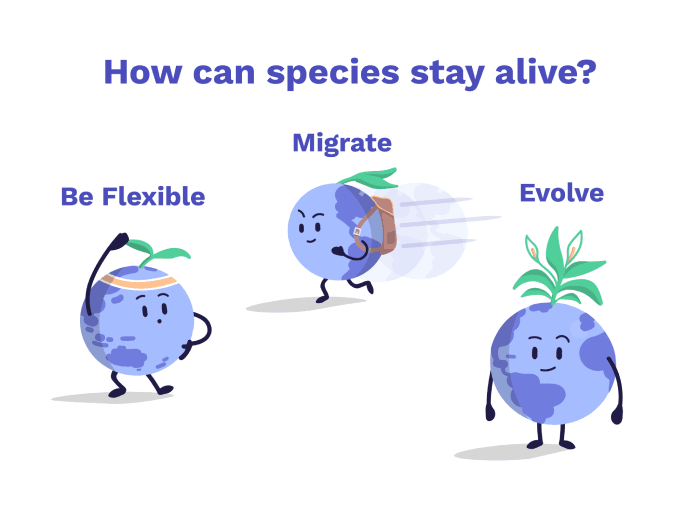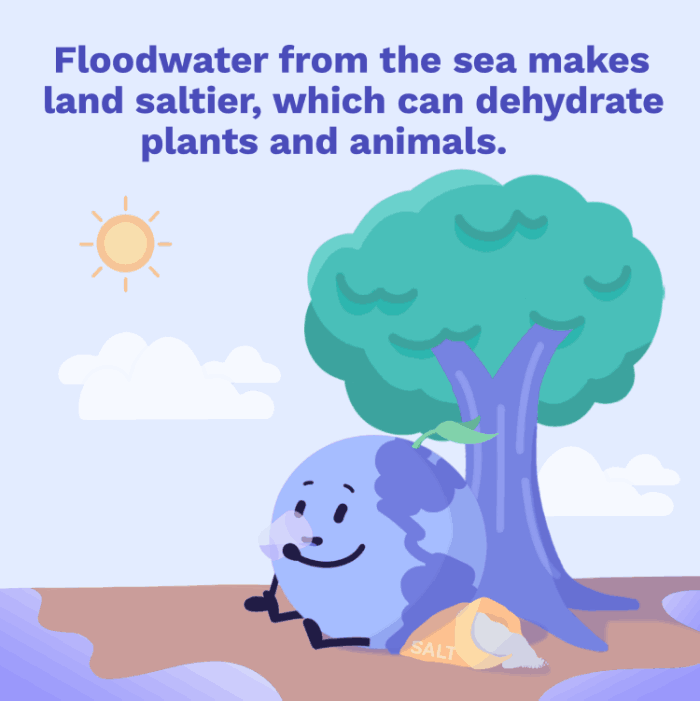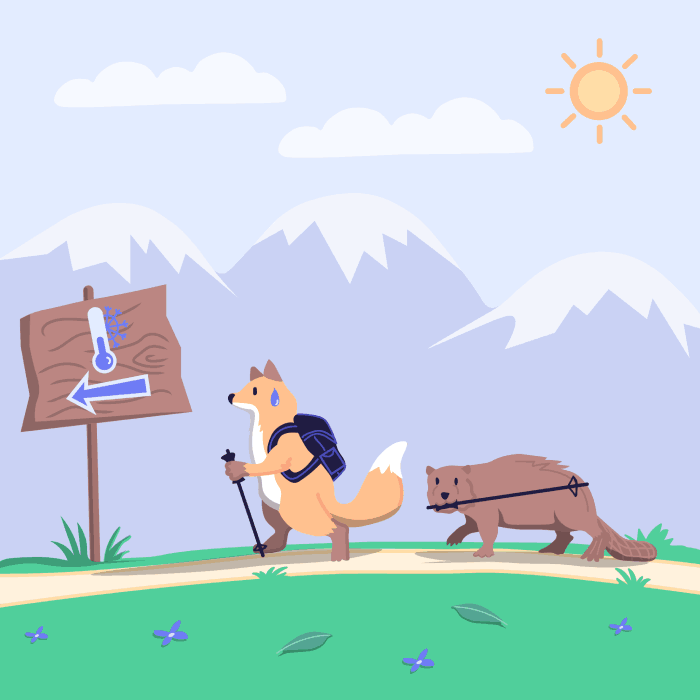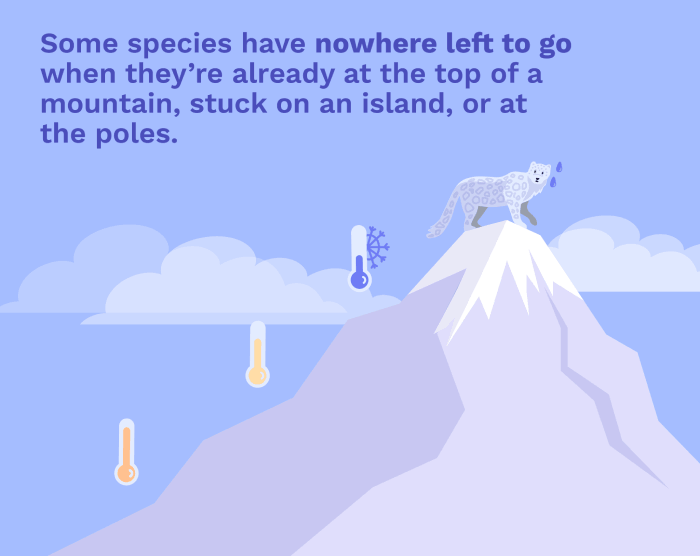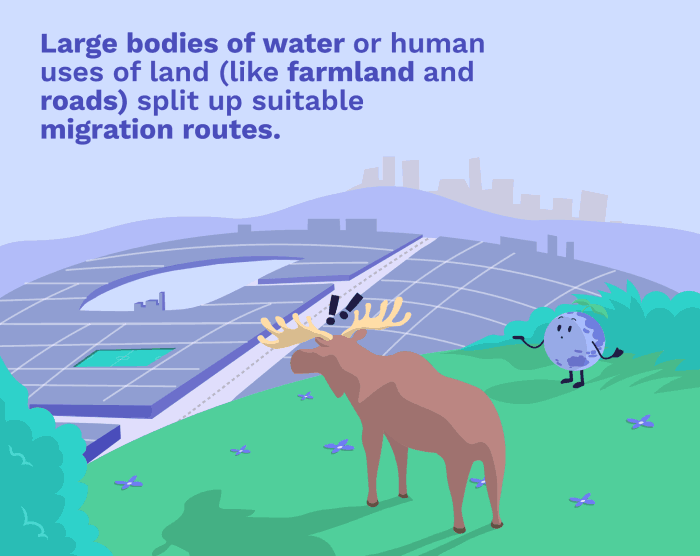While it is natural that species go extinct
 , the rate of extinction is increasing due to human activities and human-caused climate change
, the rate of extinction is increasing due to human activities and human-caused climate change
 .
.
Around 1 million plant and animal species are thought to be threatened with extinction , partly because global warming is happening so fast
, partly because global warming is happening so fast .
.
The battleground for survival is made harder by additional threats from humans, such as pollution and deforestation, which destroy the homes of many species .
.
Besides complete extinctions, it is clear that many population sizes are also decreasing globally . Between 1970-2014, the sizes of over 16,000 vertebrate populations from 4,000 species have declined by 60% on average
. Between 1970-2014, the sizes of over 16,000 vertebrate populations from 4,000 species have declined by 60% on average .
.
How does climate change actually cause extinction?
There are a few key causes. For example:
- Heatwaves, such as in Australia where 23,000 flying foxes died from overheating in 2018

 .
. - Rises in sea level reduce land availability. This means animals might have less access to food and living areas, which reduces their chance of survival
 .
. - Seawater floods make the land and water saltier
 . This is problematic for plants that aren’t adapted to salty environments as it causes water to be drawn out of their cells, dehydrating them
. This is problematic for plants that aren’t adapted to salty environments as it causes water to be drawn out of their cells, dehydrating them .
.
The Ocean
The ocean plays an important role in keeping conditions on Earth constant by absorbing both heat and CO₂ from the atmosphere. While this buffering might be good for us on land, organisms that live in the ocean are taking the hit underwater. Let’s look at an example:
Coral reefs are home to hundreds of thousands, if not millions, of species . This makes them some of the most biodiverse places on Earth
. This makes them some of the most biodiverse places on Earth


 .
.
Coral reefs:
- Provide homes for a quarter of all fish species
 .
. - Protect people from floods and storms by breaking waves
 .
. - Provide income to at least 94 countries by attracting tourism
 .
.
When stressed by temperature increases, corals turn white and starve


 . This is called coral bleaching.
. This is called coral bleaching.
We have already reached 1.0°C warming . Coral reefs are so sensitive that if temperatures reach 1.5°C above pre-industrial levels, it is predicted that 70 to 90% of them will be lost
. Coral reefs are so sensitive that if temperatures reach 1.5°C above pre-industrial levels, it is predicted that 70 to 90% of them will be lost . If we reach 2°C, nearly all coral reefs will be lost
. If we reach 2°C, nearly all coral reefs will be lost .
.
Life in the ocean is also made worse by an issue known as ocean acidification: when the ocean absorbs the CO₂ we are releasing into the atmosphere, it becomes more acidic . This can interfere with chemical reactions that ocean species rely on to survive.
. This can interfere with chemical reactions that ocean species rely on to survive.
What can species do?
To avoid going extinct in the face of climate change, many species have only three options to stay alive.
Be Flexible
Organisms can adapt their behaviour to better survive different conditions

 .
.
For example, flooding land with seawater makes it very salty , which can dehydrate plants. Plants that adapt to regulate their fluids will be better adapted to deal with more frequent flooding
, which can dehydrate plants. Plants that adapt to regulate their fluids will be better adapted to deal with more frequent flooding .
.
Migration
. And it’s not just polar bears: many species are at risk from the changing climate
.
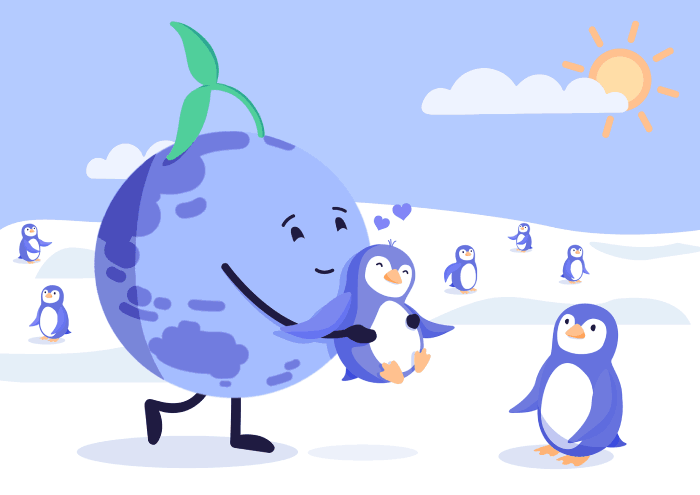
. But what does this actually mean?
. They all have things in common - like the ability to move, eat and grow. Many of them are also likely to be affected by climate change.
. The “lifespan” of a species varies, but scientists estimate that species exist for between 1 and 10 million years
.
